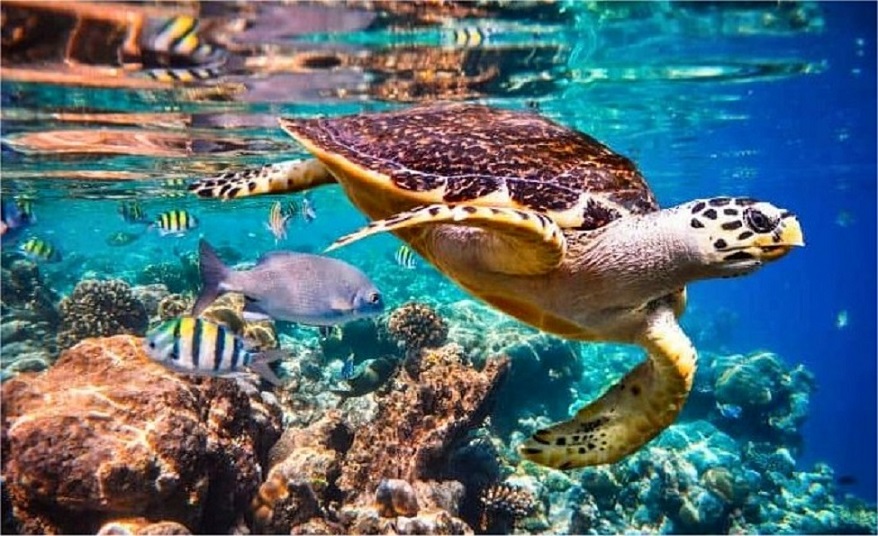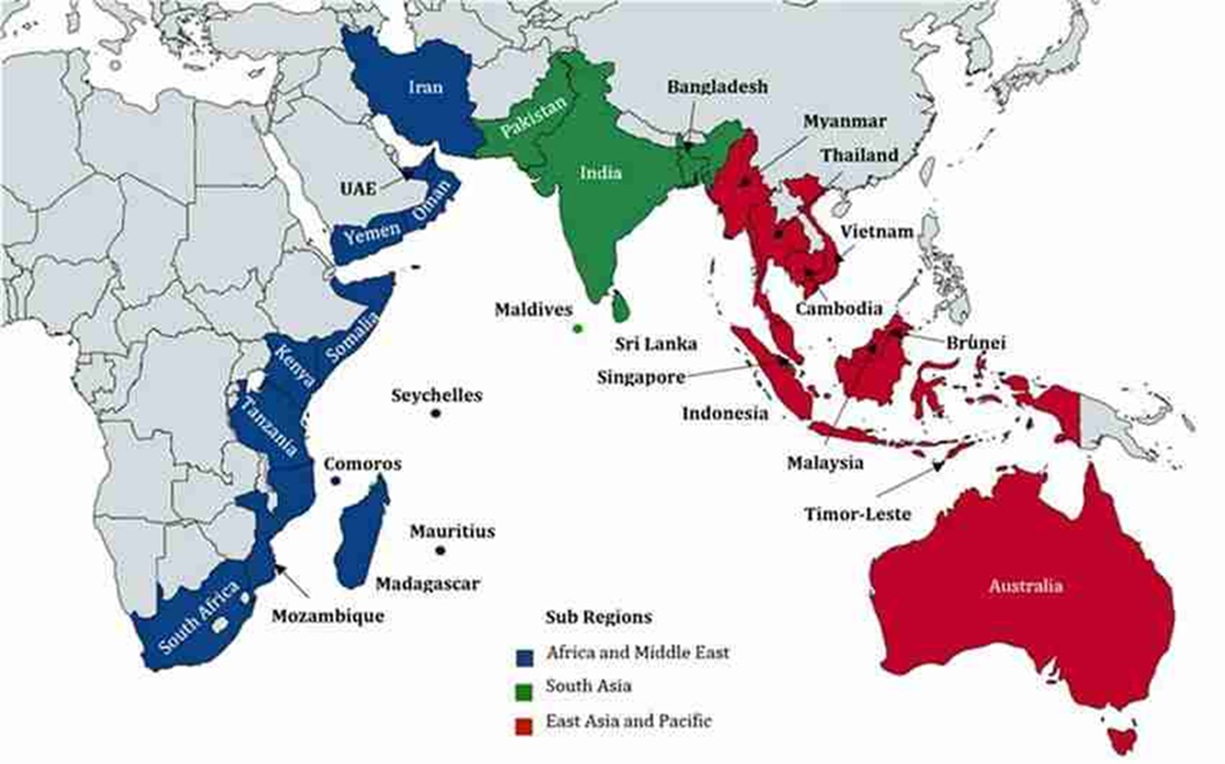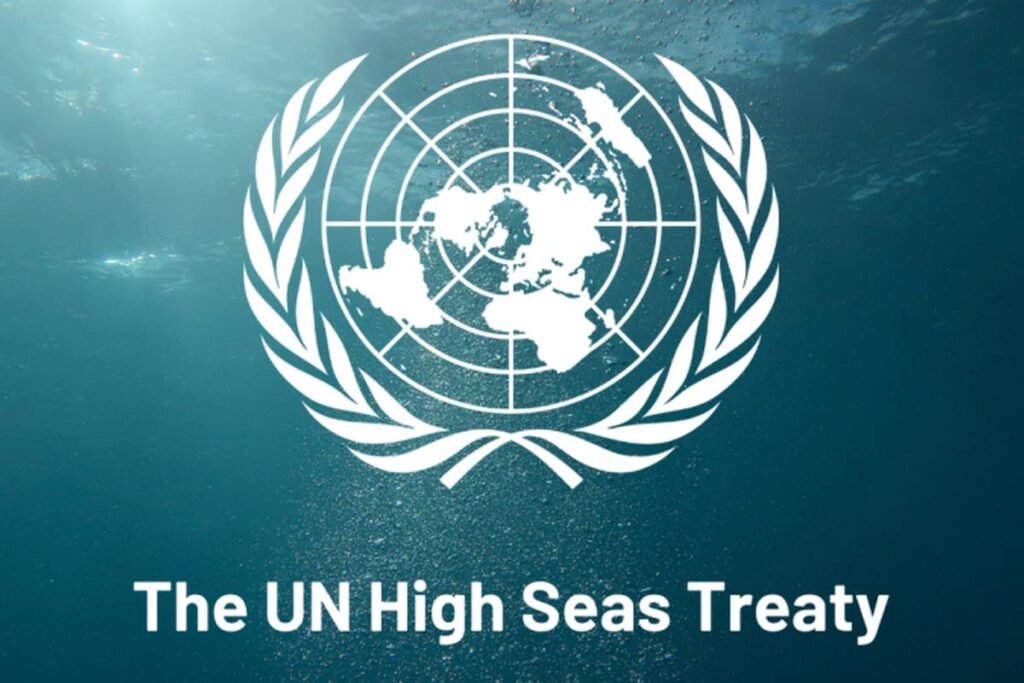Members of the United Nations have agreed to a unified treaty to protect the biodiversity of oceans.
After almost two decades of pondering and deliberations, the countries of the world have finally come to an agreement to protect the high seas. This negotiation amongst the states is nothing but historic as the countries decide to protect the world’s oceans’ marine nature ten years down the line. 71% of the earth is covered by water. It is vital for human existence; right from producing oxygen to regulating the temperature to being a fundamental source of food both for the humans on land and organisms and plant life in the water. In the 21st century, the world has come to realize the importance of the oceans and their role played in the existence of humankind on earth.
Upon its coming into existence on the evening of the 4th of March 2023, this treaty resulted in placing 30% of the seas into protected areas by the year 2030, thereby safeguarding the retrieval of life underwater. It took years of talks and almost 38 hours of a long discussion on the evening of the agreement for the members of the United Nations to agree upon a legal framework protecting the ocean outside a country’s national jurisdiction. Since almost two-thirds of the world’s oceans lie outside the national jurisdiction of the states, this treaty will help legally bind the nations to follow a framework for establishing Marine Protected Areas (MPAs) against the loss of wildlife and disperse the genetic resources of the high seas.
High Seas consist of the part of the ocean that does not come under any state’s jurisdiction, thus making them open to all states. Both the coastal and landlocked states can enjoy the freedom of navigation, freedom of overflight, freedom to lay submarine cables and pipelines, freedom to construct artificial islands and other installations permitted under international law, freedom of fishing, freedom of scientific research, subject to the conditions and provisions laid down under various parts of the United Nations Convention on the Law of the Sea.
Because of the very susceptible nature of the high seas, they are naturally more prone to exploitation in very many ways. The escalating capacities of fishing and shipping vessels along with the new and emerging activities like deep seabed mining and marine bioprospecting open avenues of harm and dangers for the high seas notwithstanding the intentions behind the conduct of the activities. Owing to the significance of the High Seas, the treaty is also called the “High Seas Treaty” and plunges into addressing marine conservation along with the access and use of marine genetic resources. It aims at protecting marine biodiversity beyond national jurisdiction.
This historic move is not only going to put the oceans to sustainable use but also will help ensure a healthy existence and access for the generations to come. It took years of deliberations, non-agreements, and negotiations for such a noteworthy treaty to finally come into effect, and that itself demonstrates how crucial it is for the world at large both in terms of its execution and the outcomes that will be conferred. This treaty, if executed well, will help the globe in reviving marine biodiversity in a momentous manner.
Since India has always been an active member of the United Nations, it supports the treaty too. Through its membership in the High Ambition Coalition, on 7th October 2021, India had already demonstrated its commitment to the preservation and sustainable use of ocean resources and had ensured unconditional backing in meeting global biodiversity targets of protecting at least 30 % of the world’s oceans by the year 2030. This treaty brings along with it a lot of hopes and expectations; it carries the aspirations of generations who have been and will be part of this planet. This treaty has already made history and intends to make a future that feels secure both for humankind on earth and the life below water. The treaty has high stakes in all regards, as it aims to protect the planet’s largest water bodies – the oceans. This treaty, in all true senses, has proven how only collective efforts at the global level can help us preserve the oceans.
Disclaimer: The views and opinions expressed by the author do not necessarily reflect the views of the Government of India and Defence Research and Studies.
Title image courtesy: Round News








